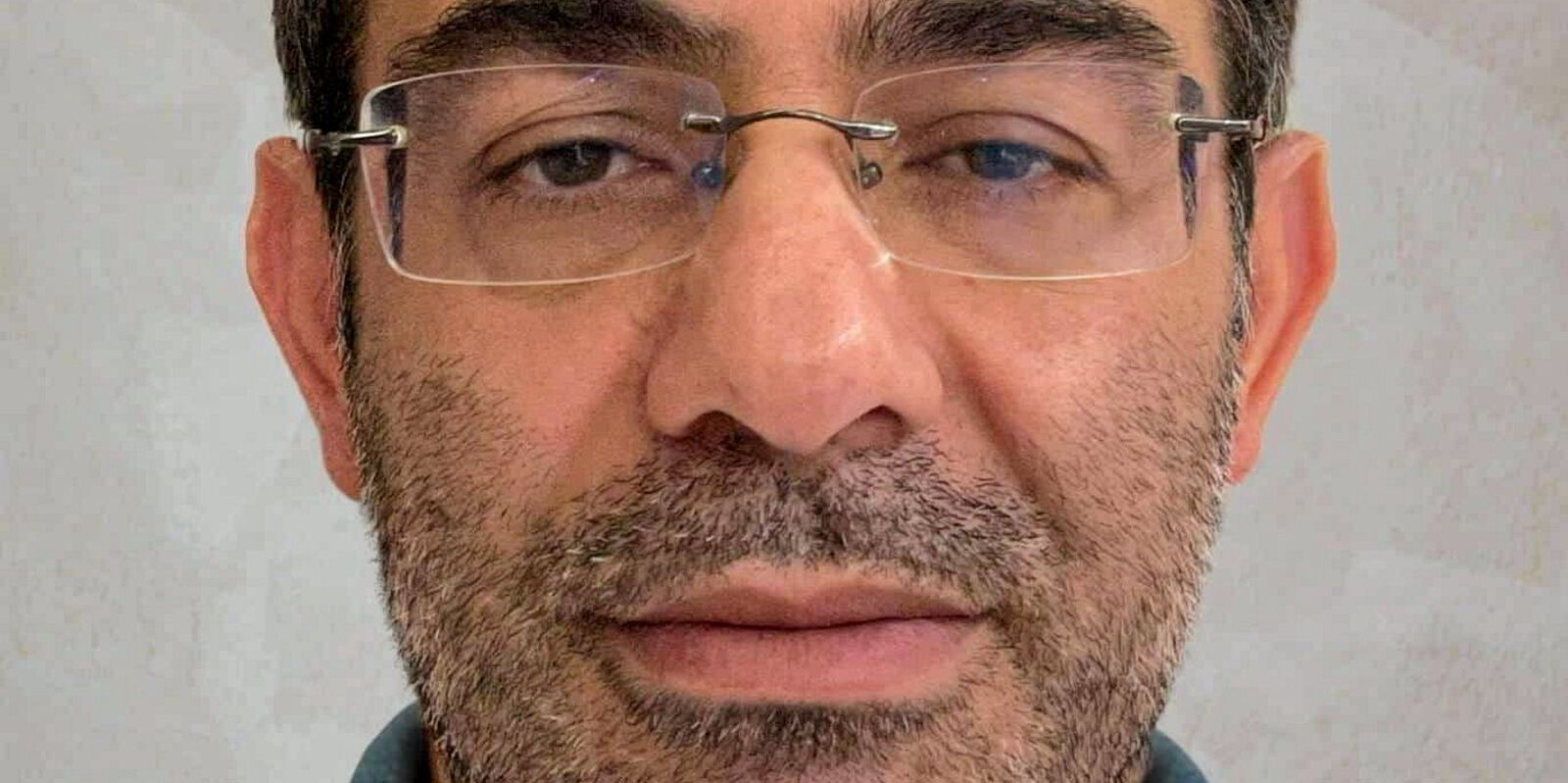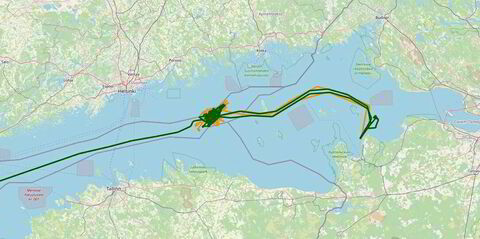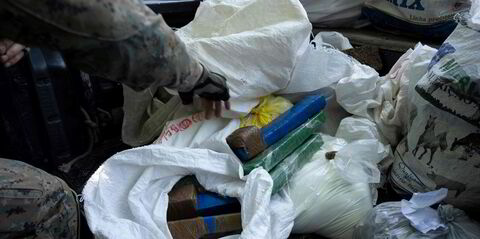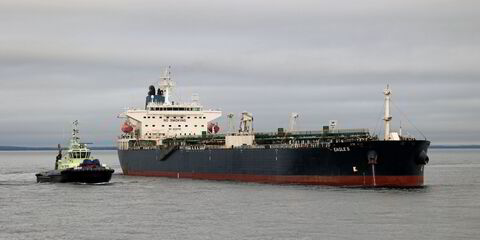India has been aggressive in snapping up discounted Russian crude oil.
According to figures from Bimco, the subcontinent now sources 40% of its crude from Russia as global oil trading patterns shift following Moscow’s invasion of Ukraine, up from practically nothing just three years ago.
“During the past three months, India has relied on Russia for 40% of its seaborne crude oil import,” Bimco chief shipping analyst Niels Rasmussen said.
“Year to date, volumes have reached an average of 1.6m barrels per day … an increase of 1,000% compared to 2021, before Russia invaded Ukraine.”
Pre-invasion, this oil was largely destined for the US and European Union, but sanctions saw those countries shun Russian crude with European buyers switching to Middle Eastern sources.
Rasmussen said the shift has benefited suezmaxes and aframaxes, with older tankers in those asset classes carrying Russian cargoes, while hampering VLCCs.
The shifts have also pushed up sailing distances 10% this year, while tonne-miles have jumped 8% despite a 2% drop in volumes.
The oil also likely come at a discount. The Group of 7 countries have placed a $60 per barrel price cap on Russian crude. Any oil sold above that point is largely barred from using mainstream shipping services.
Russia’s Sokol crude was selling for $70.02 per barrel on Tuesday, while West Texas Intermediate prices hit $74.22 per barrel and Brent $77.57 per barrel on Wednesday.
Tanker rates continued their annual summer swoon, with plenty of drops across the board.
But suezmaxes and aframaxes remain stronger than VLCCs, with the fleet weighted average coming in at $30,100 per day and $28,200 per day, while VLCCs earned just $29,400 per day.





